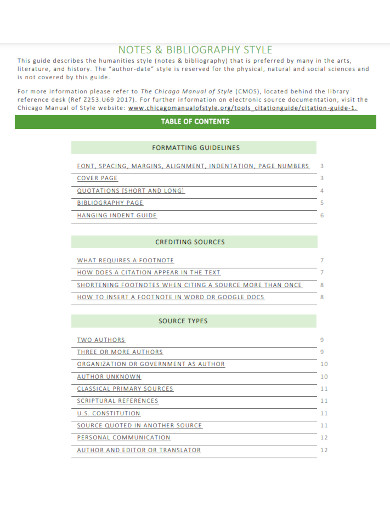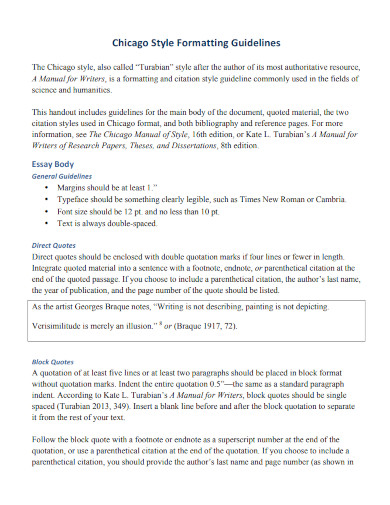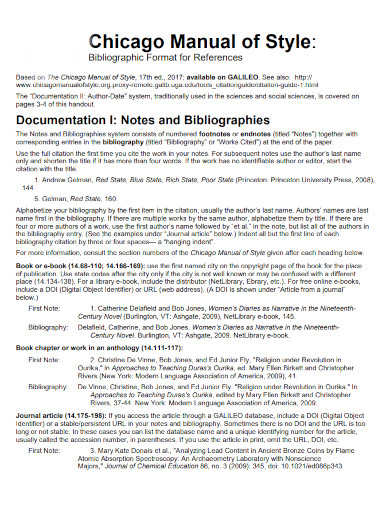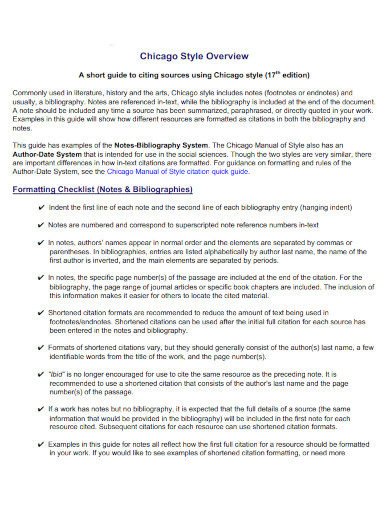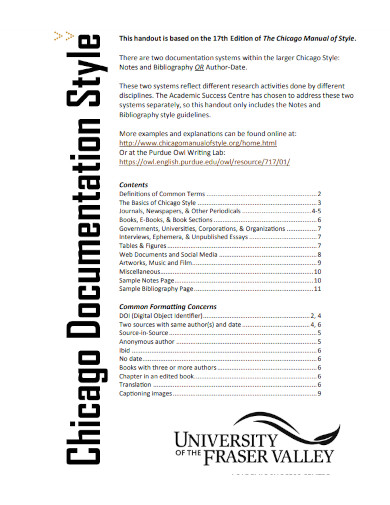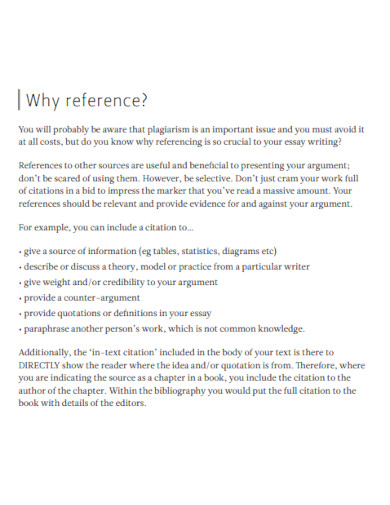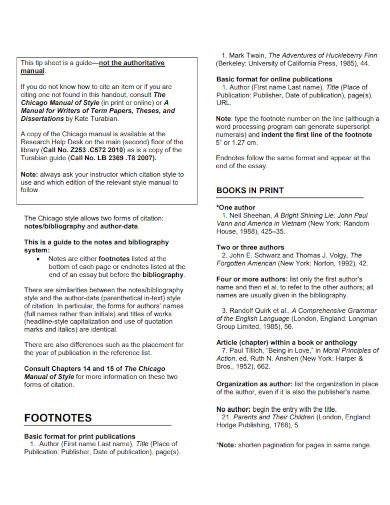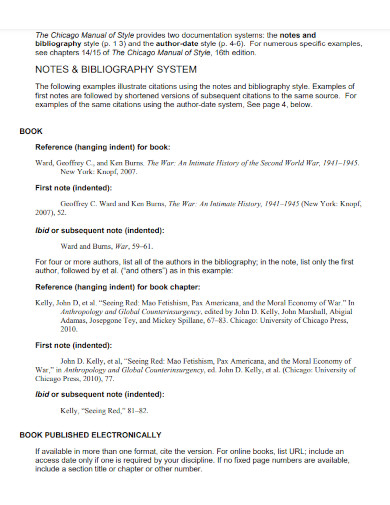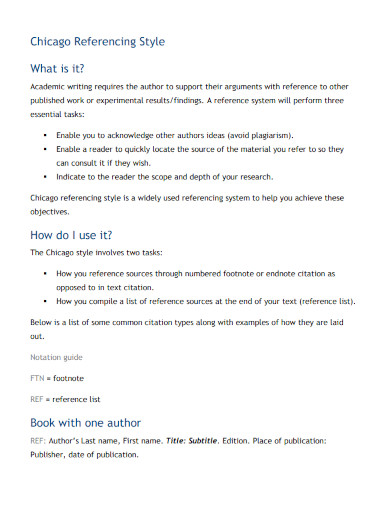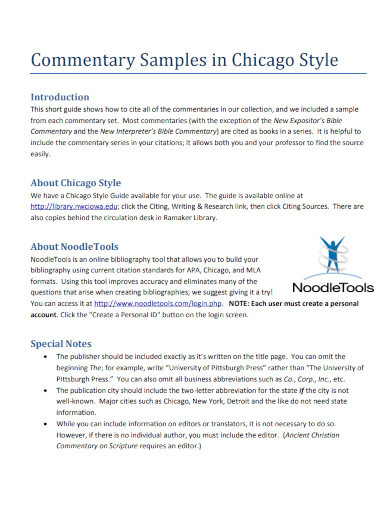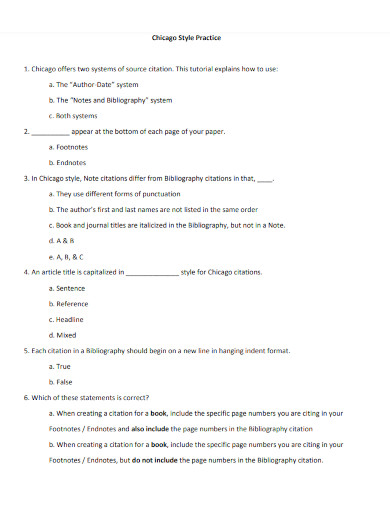11+ Chicago Style Examples to Download
Papers like thesis, screenplay, film script, or even formal essays you hand in should adhere to standard academic formatting conventions. You have to format your paper in accordance with the instructions provided below. If you don’t utilize the right options from the start, you’ll have to go back and reformat your paper afterward, which is a lot of extra work.
1. Chicago Style Guide
2. Chicago Style Formatting Guidelines
3. Chicago Manual of Style
4. Chicago Style Overview
5. Chicago Documentation Style
6. e Chicago Style
7. Using Chicago Style
8. Quick Guide to Chicago Style Documentation
9. Chicago Manual Citation Style
10. Chicago Referencing Style
11. Commentary Samples in Chicago Style
12. Chicago Style Practice
What is Chicago Style format?
Since 1906, the University of Chicago Press has released The Chicago Manual of Style, an American English style guide. During its 17 editions, it established norms for the majority of publishing industries’ preferred modes of technical writing and referencing. It’s “one of the most popular and well-regarded style manuals in the country.”
How to use Chicago Style
These are the general formatting rules to follow while writing a paper in Chicago style; for shorthand, “Chicago” will be used throughout.
Step 1: Use a readable font
While there are no hard and fast rules about the font or size to use, the Chicago style encourages clear, legible text (e.g., 12 pt. Times New Roman). A minimum of one inch of margin space should be used on all sides of the page.
Step 2: Double-spaced main text
The main body of text has to be double-spaced, and you should use a half-inch indent for each new paragraph. Left alignment of text is preferred over “justified” text alignment (meaning that the right margin should look ragged).
Step 3: Place page numbers
Page numbers are just as important as the main texts. The page numbers may be written in either the top right corner or the bottom center of the page; however, they cannot be written in both locations at the same time.
Step 4: Bibliography
A bibliography (for notes and bibliography style) or a reference list (for other styles) should be included at the conclusion of your article (for author-date). No double spacing is used in bibliographies and reference lists; instead, a blank line is used between each entry. If an entry spans several lines, the lines beyond the first should be indented by half an inch.
FAQs
Are bibliography and reference lists necessary?
The content needs a reference list formatted in Chicago style (author-date). Chicago footnotes are used to reference sources in the notes and bibliography format; a bibliography is not required but is highly recommended. Use a complete note for the initial citation of each source, even if you use a shorter one for subsequent citations.
What is the difference between footnotes and endnotes?
The end of each page needs a footnote. A set of endnotes follows the main text, before the bibliography or reference list. Choose either footnotes or endnotes and stick with them throughout the whole manuscript. Chicago style allows for the inclusion of either footnotes or endnotes, and the citation structure is the same in both cases.
What font should I use to write a Chicago-style paper?
As long as it is legible, any font style may be used while writing in Chicago style. Times New Roman, 12 points, is a decent standard.
Whether it be a thesis paper, a simple research paper, or an academic narrative report, formats are very important in the academe or in business. Besides the content, the Chicago style format is one factor in your paper that will give it a higher grade from the reader.



